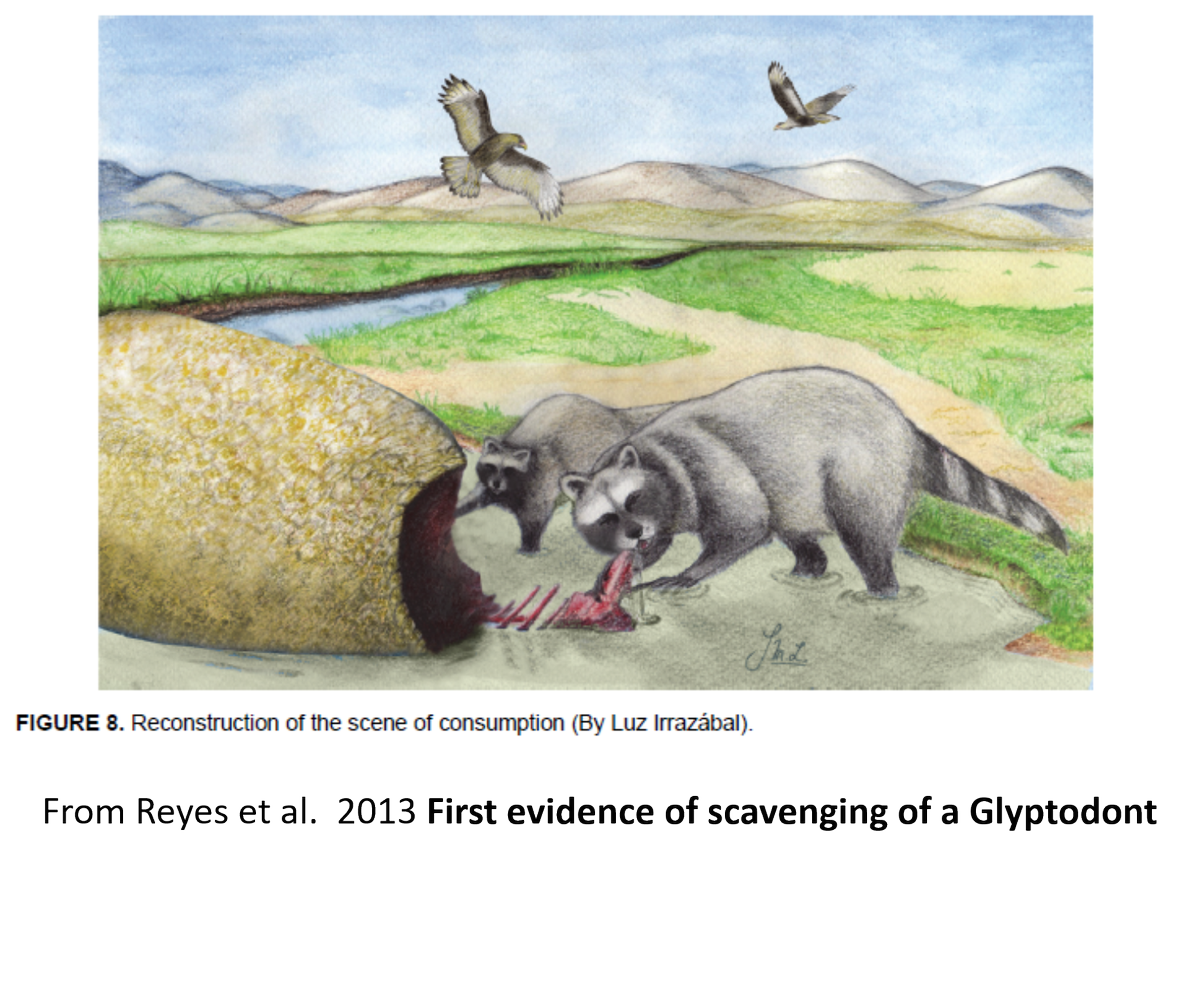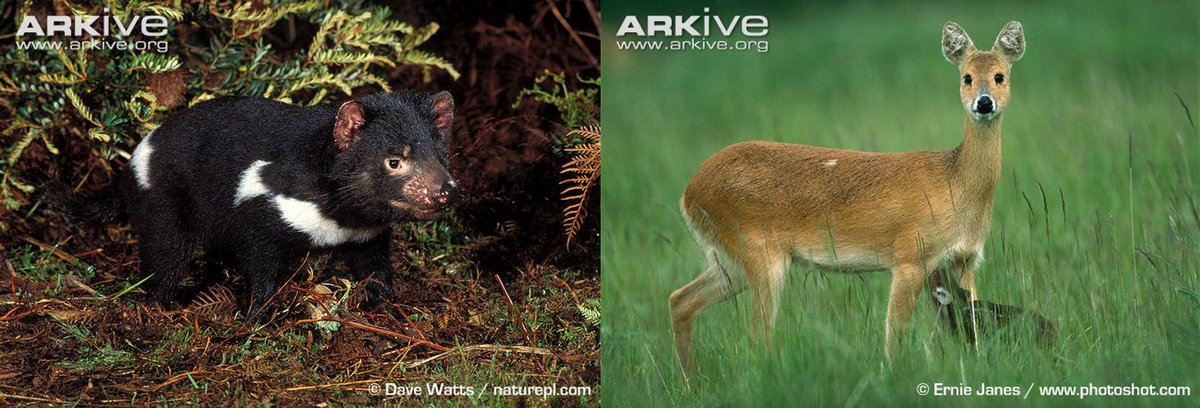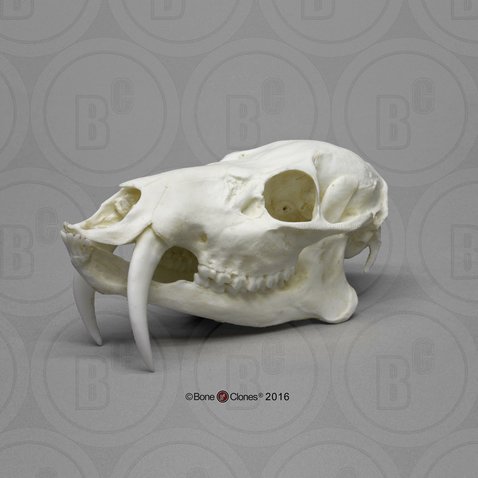And LAST but not LEAST of the #EliteTrait, we have #1 seeded Doedicurus clavicaudatus vs. #2 Amebelodon fricki!!! #2018MMM
Tonight's battle is a 3-way collaboration by me, @PKurnath & @tinkeringprim8, so hold on to your tush! #TeamAwesome #TeamDiscoveryChannel #2018MMM
Doedicurus a.k.a. #TankMammal has taken out the Jugulator, Thalassocnus catans, and Andrewsarchus mongoliensis, while Amebelodon a.k.a. "shovel-tusker" has defeated Deinogalerix koenigswald, Homo floresensis, and Dimetrodon limbatus #winning #taxonomicmouthful #2018MMM
None of these battle outcomes have been at all controverisal. Some are saying they are the best MMM narrations of all time #truth #2018MMM
This battle takes place in an urban park. Specficially the Gateway Arch National Park, a 91-acre park in St. Louis, Missouri. It is home to the Gateway Arch! archpark.org #2018MMM
The #TankMammal didn't have many predators besides humans (Prado et al. 2015). One study of the remains of another speices of glypto (de los Reyes et al. 2013) showed it was scavenged by an ancient #TrashPanda relative from the Order Procyonidae. #FossilizedReenactment #2018MMM 

#FunFact: the study of what happens to a bone from when the animal dies to when it is studied is called taphonomy #SATWord #2018MMM
While #TankMammal has never met Amebelodon (they existed ~4 million years apart), other members of the elephant-like Family of Gomphothere did live in South America, probably entering during the Great American Interchange (Sanchez et al. 2014) #WhichWouldBeAGreatBandName #2018MMM
#TankMammal weighed in at 2300kg (10 kilostoats), while Amebelodon tipped the scales at ~9,000kg (41 kilostoats, #TotesStoats). So neither exactly blends in to Gateway Arch National Park (note: image not to scale) #StoatsAsMeasurement #2018MMM 

Amebelodon spots the #TankMammal first in the park. As neither of them is adapted to this human-built (a.k.a. anthropogenic) environment, they are both on edge. #2018MMM
Amebelodon thinks the park is only big enough for one ANTECESSOR. In fact, today's young male elephants entering musth (science-speak for a period of highly aggressive behavior) have been known to kill rhinos!! (Slowtow and van Dyk, 2001) goo.gl/7jkjRB #2018MMM
The shovel-tusker approaches #TankMammal, who is still just trying to eat a meal in peace. #2018MMM
#TankMammal has not yet encountered anything so large during the competition. Once it senses the large proboscidean's presence, #TankMammal decides the sit-and-wait-it-out strategy is its best defense. #2018MMM
Amebelodon, not the sit-and-wait type, sizes up the giant boulder. It likely used its shovel-shaped lower tusks to scrape bark from trees, a behavior seen in modern elephants as well: #2018MMM
But scraping won't do here. With trunk raised, Amebelodon stabs tusks at the side of #TankMammal, digging its lower jaw into the soft ground of the park. #2018MMM
Pushing the top of #TankMammal with its trunk, Amebelodon puts all its might into moving the hulking beast. #2018MMM
Elephants today can move literally tons of material with their trunk ALONE (goo.gl/XtHq38)! Researchers are still investigating how elephants moderate the strength of their trunks for light&heavy loads (see recent article by @IFLScience goo.gl/8feokD) #2018MM
This load is heavy for Amebelodon, but with a giant THUD, it successfully rolls #TankMammal onto its back! #2018MMM
#TankMammal is now in an extremely unusual and vunlerable position. It is having a hard time getting back onto its feet because its joints are so sore. #2018MMM
Amebelodon turns his head to examine his overturned foe, and whines in pain. A slight tear has begun in the masseter muscle attaching the lower jaw to the skull. #2018MMM
AMBELODON UPENDS DOEDICURUS!!! #2018MMM
• • •
Missing some Tweet in this thread? You can try to
force a refresh









